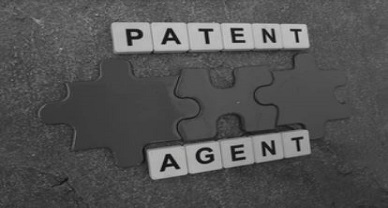Patentability of your Invention
The patentability of the invention has a lot to do with the granting of the patent. An inventor needs to prove that the invention for which he seeks protection must comply with the requirements of patentability. Any invention if it needs to be granted a patent must attain the novelty; must involve the inventive steps; and must be capable of industrial application. Such requirements have always become an indispensable part of the invention to be seeking the patent. Any lack of requirements will deem to make the invention non-patentable. Hence, each of such information must be specified in the claims to ensure that the invention is patentable. All such requirement has to be proved to keep in mind the priority date of the patent. This date specifies the date on which the application is filed and the priority is claimed. Such priority being claimed must be over any earlier application. Let us discuss the aspect of each requirement in detail.
[Image Source: gettyimages]
Novelty
Novelty is an important aspect of the patent to be proved for during the examination. Any invention if it does not qualifies as a novel is deemed to be rejected. The invention if it forms a part of the “state of the art” will lack novelty. A state of the art will comprise all matter and invention in the public domain before the priority date has been made available by any such oral or written description. The content filed in the earlier patent application will also be deemed to be in the state of the art. State of art is also referred to as “prior art” or prior use.
Effective disclosure to the public is a factor that lacks the novelty of the invention. Such effective disclosure needs to be within the scope of claims and any person skilled in the art must be able to perform the invention with the help of the disclosure being made and the fact that the common general knowledge is used. Such common general knowledge may be described as generally known to those engaged in the particular act and constitute the technical expertise of the person skilled in the art, as was also held in Smith & Nephew v KCI Licensing [2010] EWCA Civ 1260. Such knowledge may also include material which the skilled addressee knows to be available through various means which was again reiterated in the case of GlaxoSmithKline v Wyeth [2016] EWHC 1045 (Ch). All such factors are important for the inventor to understand since all these factors can greatly affect the patentability of the invention as per the novelty is concerned.
Inventive step
As per the previous requirement is concerned, we discussed the novelty process as being close to the fact that such information must be there in the public domain to lack the novelty. Similar to such proposition is the inventive step where if the claimed invention is much obvious to the person skilled in the art concerning the claims of the invention, then it ought not to have any such inventive step. This is also termed obviousness. Quoting one of the statements from Generic vs. Lundbeck (2007) is important since this forms the foundational principle of the obviousness principle. It says, “The question of obviousness must be considered on the facts of each case. The court must consider the weight to be attached to any particular factor in the light of all the relevant circumstances. These may include such matters as the motive to find a solution to the problem the patent addresses, the number and extent of the possible avenues of research, the effort involved in pursuing them, and the expectation of success.”
The major question is only whether the invention was obvious at the priority date or not. It’s not always about being obvious to try, but such assessment must be taken into consideration by the court in pursuit of reaching an answer to the major question of it being obvious or not. While delving into the observation, the court will reach out to each piece of the prior art and delve into whether the claimed invention is obvious to the person skilled in the art.
Industrial Application
This requirement is also important since this requirement helps in knowing the basic utility of the invention. For this, the invention must need to be effectively made so that it can be used in any kind of industry and for industrial application.
The highly skilled team at IPLF has been in this domain for years and has advised clients from around the world for their invention to sustain all the requirements for patentability.
Author: Saransh Chaturvedi (an advocate) currently pursuing LLM from Rajiv Gandhi School of Intellectual Property Law (IIT Kharagpur). In case of any queries please contact/write back to us at support@ipandlegalfilings.com.



